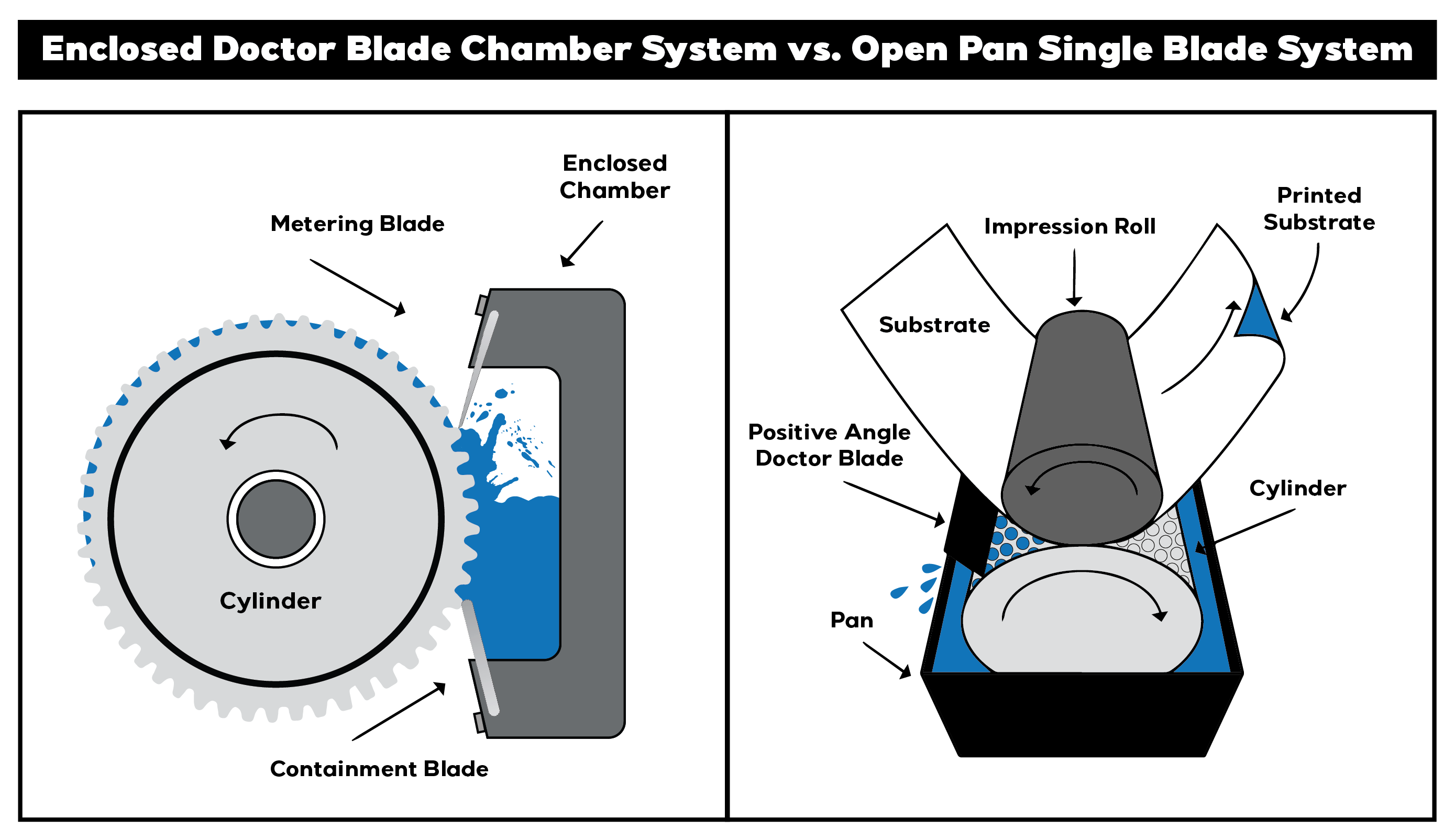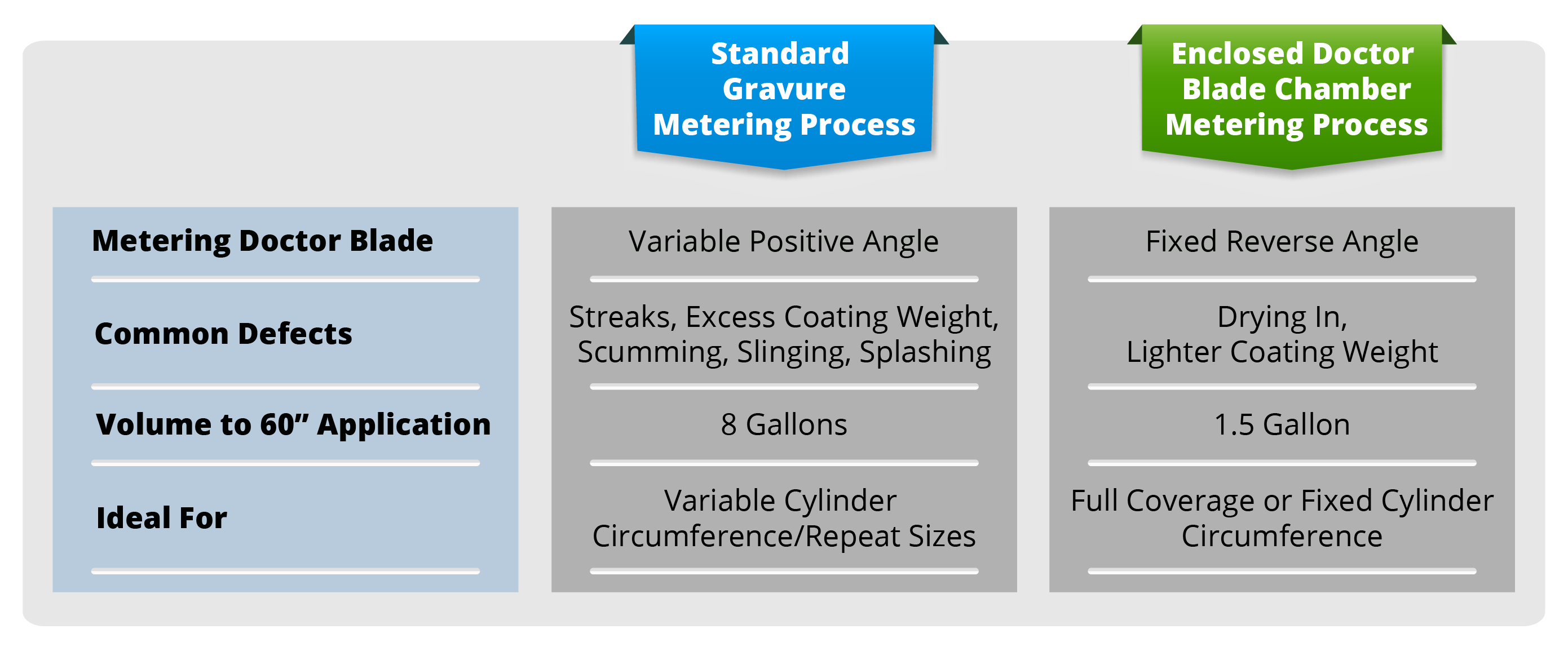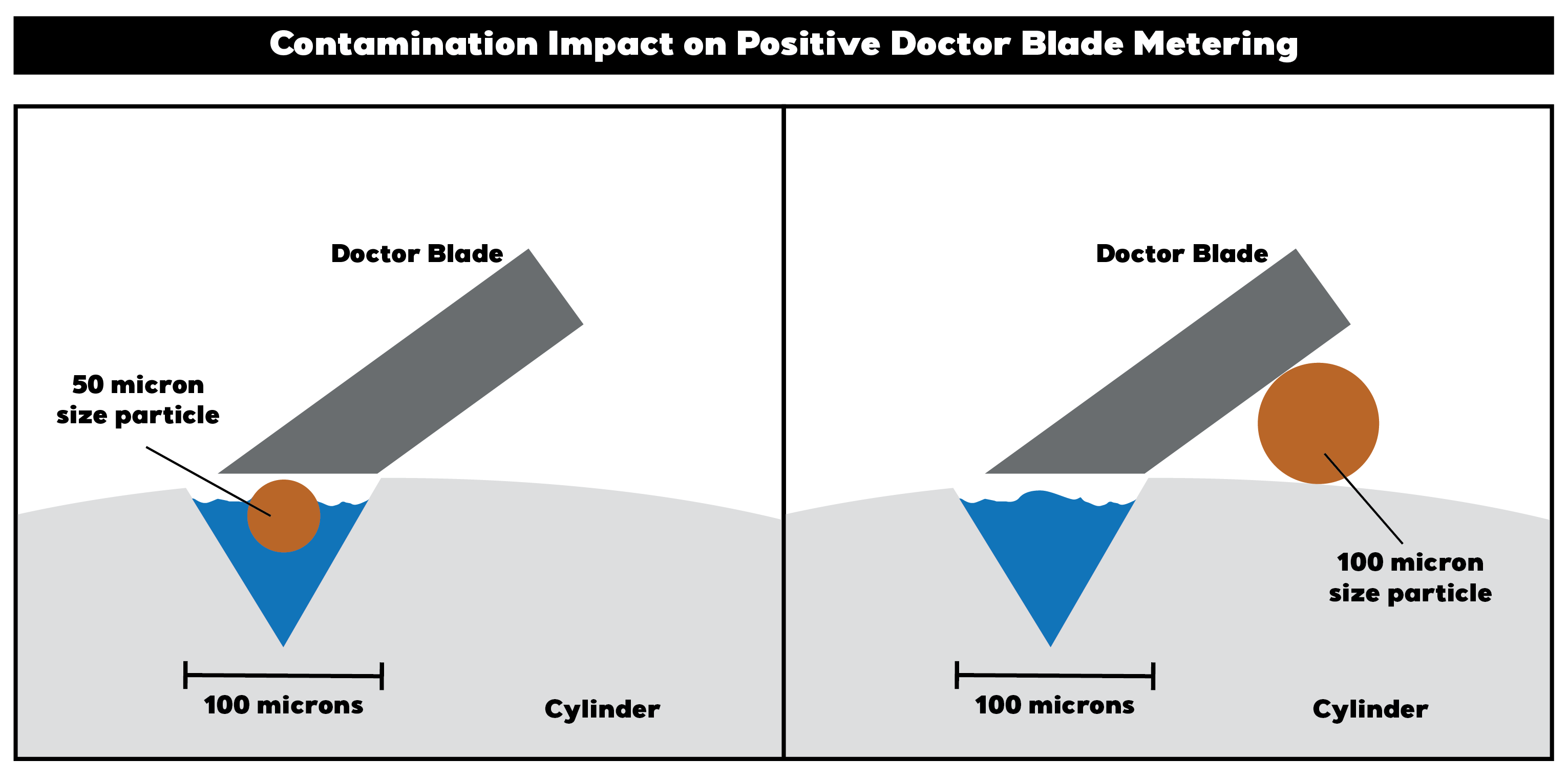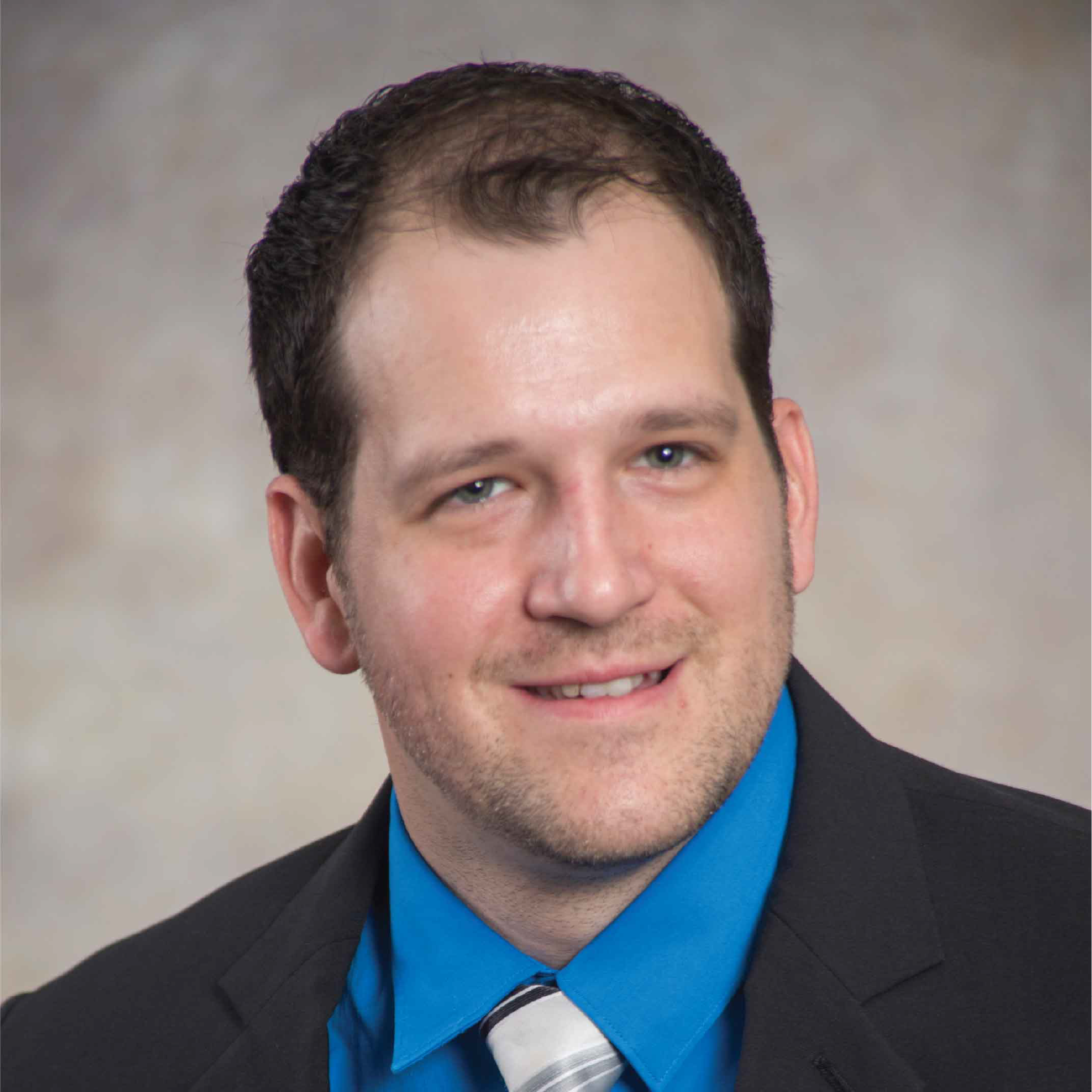Benefits of Converting a Rotogravure Coating Process to an Enclosed Doctor Blade System:
Featured in the June 2023 Edition of Gravure Exchange
Author: Jason Wilhelm, Product Line Manager, FLXON

Many of today’s printers and converters have relied heavily on the rotogravure coating process to provide an accurate coating to their converted products. This process is widely used in the printing, flexible packaging, and converting industries. However, as speeds have increased and the demand for consistent quality and worker safety have taken precedence, this system presents several challenges and drawbacks despite its popularity. Some of the main issues with this setup is the open-to-the-atmosphere pan design. As industry standards continue to evolve, enclosed doctor blade chamber systems can offer a more sustainable, efficient, and safer alternative solution. This article will review the benefits of converting from an open pan single doctor blade rotogravure coating setup to an enclosed doctor blade chamber system.
Before exploring this conversion’s advantages, we must understand what an enclosed doctor blade chamber is:

Developed from the evolution of flexographic printing, doctor blade chambers are closed fluid containment systems that accurately transfer fluid to an engraved roller. In flexographic printing, the engraved cylinder known as an anilox roll has a fixed circumference. This allows the angle of the doctor blade to also be fixed. An enclosed chamber utilizes two fixed-position steel doctor blades. One is the reverse angle metering blade that precisely shears excess fluid from the surface engraved roller, delivering the cell’s specific designed volume to its substrate. The other is a positive angle containment blade that holds the fluid in the chamber and acts as a flapper valve to allow any non-transferred fluid back into the closed chamber. To complete the enclosure, chambers utilize end seals on each side to close the gap between the cylinder, metering blade, and containment blade.

Converting to an enclosed doctor blade chamber system improves the quality and consistency of your coating process. With a standard rotogravure single blade setup, it is common to experience inconsistencies in the thickness of the coating as well as defects related to contamination and chemistry. Most single blade equipment allows the operator to adjust the blade on multiple axes. This, combined with the blade being at a positive angle, makes the setup susceptible to doctor blade deflection or lift, allowing an excess film of fluid to stay on the surface of the cylinder. Typically, the lower the contact angle, the more coating is transferred to the substrate. The steeper the contact angle, the cleaner the doctor blade will wipe the coating roll, thus reducing the coating. A common problem is that the angle and pressure settings of the doctor blade typically vary from job-to-job and operator-to-operator. On an enclosed doctor blade chamber, the doctor blade angles are fixed, and the impact of deflection with the metering doctor blade at a reverse angle is less. By eliminating this unnecessary variable, the process is more controlled.
Many of the common coating and printing defects are reduced or eliminated with an enclosed doctor blade chamber. The open pan design of the standard rotogravure metering process exposes your fluid to airborne particles and allows for solvents in your fluid to evaporate. Fluid contamination is the leading cause of streaks showing up on your finished product. Solvent evaporation leads to increased viscosity leading to excess/wasted coat weights. Further foam and contamination on the surface of the fluid in the pan can interfere with the fluid transfer process in the cylinder’s engraved cells. These quality defects and issues are reduced or eliminated with an enclosed chamber, providing a more precisely controlled application. This consistency reduces material waste and downtime in production, providing more even coating weights across the substrate, better appearance consistency, and fewer defects and customer complaints.

One of the more costly components of any converting process is the cost of inks and coatings. Ranging in cost from $4 to $20 per pound, or more, it is easy for a few wasted gallons a day to add up to huge numbers over the course of several months. The initial volume required to charge a coating process fully can be substantially reduced when converting from a standard rotogravure open pan system to an enclosed doctor blade chamber. At a 60-inch machine width, an open pan system could require 8 gallons of fluid or more to charge the pan in preparation for production. Using that same width, most chamber systems would only require 1 to 1 ½ gallons. This enables production staff to run with far less fluid while eliminating the need to store more at the press and reduces the occurrence of wasted fluid at the end of a job.

Converting from an open pan rotogravure coating setup to an enclosed doctor blade chamber system can provide numerous benefits including better efficiency, reduced waste, improved safety, and enhanced quality. In today’s competitive market, continuous improvement is essential to success. It is impossible to ignore the issues that can be mitigated by making this switch. The conversion process, in many cases, is simple and can be completed quickly, making it an intelligent decision for many operations to convert.
Download Article
Benefits of Converting a Rotogravure Coating Process to an Enclosed Doctor Blade Chamber

About the Author: Jason Wilhelm is a 12-year pressroom veteran as a press operator and pressroom manager. He joined FLXON in 2015, as a Technical Sales Engineer, overseeing the company’s Northeast US territory. His current role is Product Line Manager, managing the company’s portfolio of Process Improvement Products designed to improve ink transfer and management, including FlexoArt® Chambers. If you need assistance or an evaluation to maximize your pressroom process potential, contact Jason.
Jason Wilhelm, Product Line Manager, FLXON
(609) 556-8650
